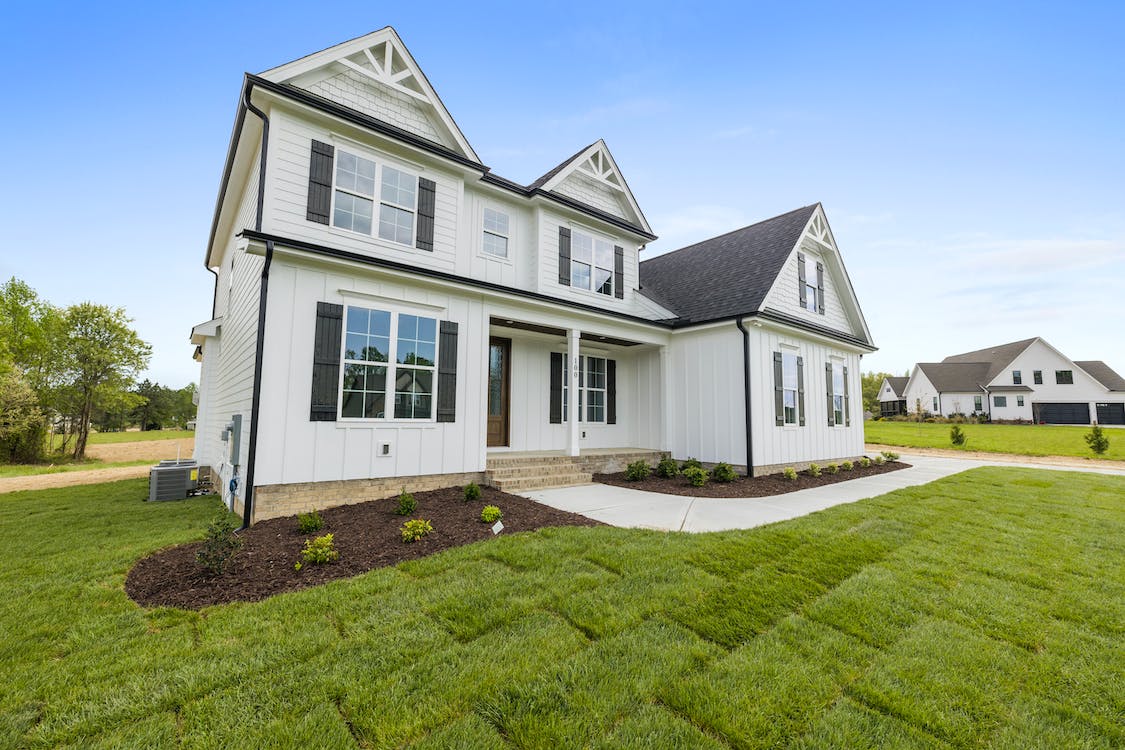
Concerns Over Current Housing Market Conditions
Sheila Bair, a prominent figure who witnessed the subprime mortgage crisis, is raising alarm bells about the present state of the housing market, describing it as dangerously overheated. Notably, the median price of an existing home has surged dramatically in recent years, reaching $407,100 in August 2023, up from a considerably lower $278,200 in August 2019, as reported by the National Association of Realtors.
To Bair, this significant price increase suggests a classic case of a supply-demand imbalance that resembles the formation of a housing bubble. Her concerns stem from the rising home prices, a phenomenon that she attributes to a prolonged period of exceptionally low mortgage rates. A housing bubble typically occurs when home prices reach unsustainable levels, which can be driven by speculative buying or irrational exuberance.
Bair highlights the risk that home prices need to correct downward, but she remains skeptical about a swift resolution given the ongoing housing shortage. She doesn’t anticipate a sudden and dramatic bursting of the bubble, as she believes it may persist as long as supply constraints persist.
According to the National Association of Realtors, the housing market faces a significant hurdle due to the combination of skyrocketing home prices and high borrowing costs. This situation has made homeownership a considerable challenge for many Americans, even in the face of soaring mortgage rates, with some cities still witnessing rapid home price gains.
The extent of price surges is evident in various cities across the nation, with Los Angeles seeing a 23.8% increase in median home prices over the past year, San Diego witnessing an 18.2% rise, Richmond with 15%, and Cincinnati with 14.6%, according to Realtor.com.
Bair’s perspective reflects a broader sentiment that allowing the current housing bubble to deflate gradually could be beneficial. However, such a situation is met with mixed feelings, as it could favor prospective buyers while existing homeowners may experience a decline in their property values.
The positive news is that the present housing market does not mirror the conditions that led to the Great Recession. Unlike the mid-2000s housing bubble, the typical homeowner today has accumulated more equity in their homes, thereby reducing the risk of being underwater. Mortgage lending standards are notably stricter, diminishing the number of borrowers overextending themselves.
In contrast to the speculative behavior that characterized the housing market during the subprime crisis, Bair acknowledges the absence of rampant speculation today. Homeowners have established a substantial cushion of equity, safeguarding against situations where they owe more than their homes are worth.
Although concerns about a housing bubble exist, not everyone shares these apprehensions. Some financial institutions and experts anticipate that home prices will continue to rise, partly due to the persistent housing shortage. A critical factor contributing to this scarcity of homes is the need for a substantial increase in housing supply, a point emphasized by the National Association of Realtors.
In conclusion, the current state of the housing market raises concerns about the potential formation of a housing bubble. Sheila Bair’s alarm is rooted in the rapid surge in home prices driven by a supply-demand imbalance and prolonged low mortgage rates. While she underscores the need for price corrections, other experts believe a swift and substantial correction is unlikely due to ongoing supply shortages. The situation in today’s housing market differs markedly from the one that led to the Great Recession, with stricter lending standards and homeowners who have built up substantial equity in their properties.










